ECG Blog #435 — Did Cath Show Acute Ischemia?
Ken Grauer, MD
JUNE 22, 2024
As another alternative consideration — Diffuse ST-T wave abnormalities ( including T wave inversion ) as are seen in ECG #1 could be the result of a non -cardiac condition — including marked metabolic and/or electrolyte disturbance, CNS catastrophe (ie, stroke, intracerebral or subarachnoid bleed, trauma, tumor ), severe anemia, "sick" patient, etc.

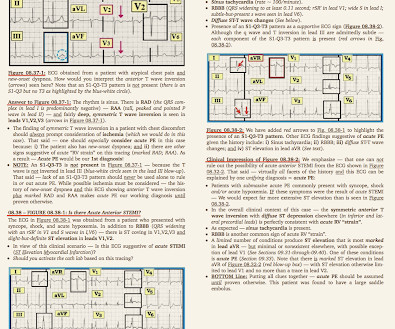










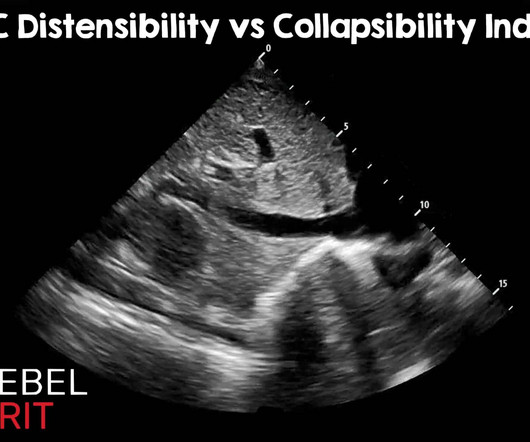















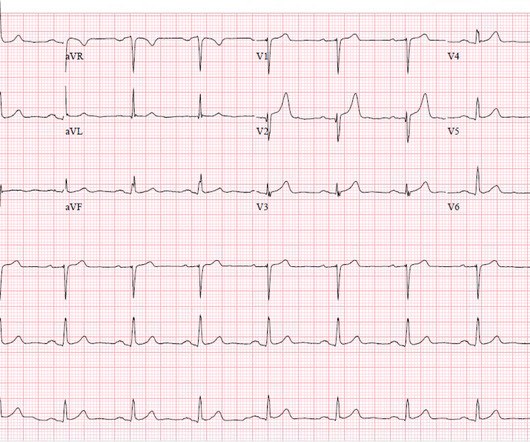

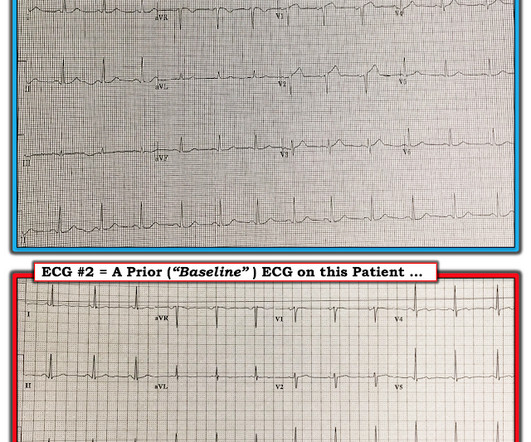



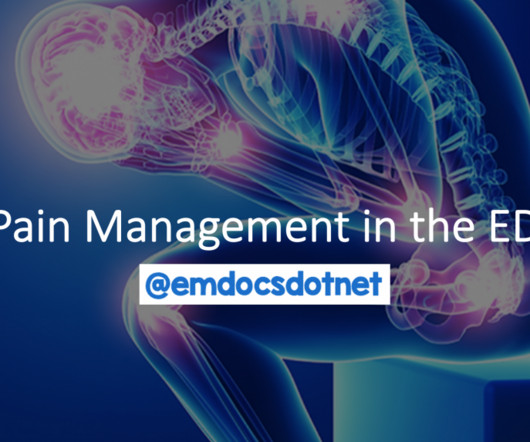


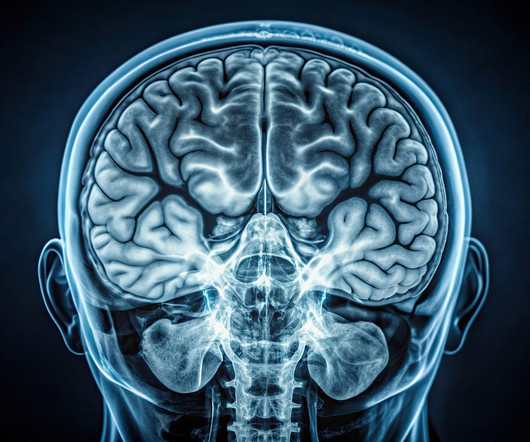
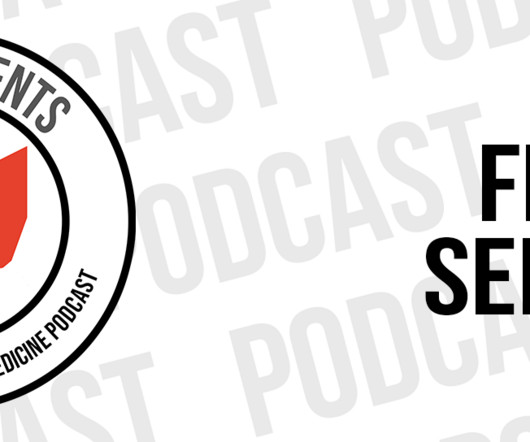
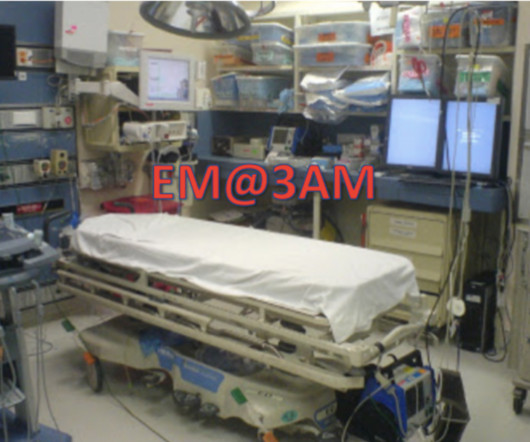







Let's personalize your content